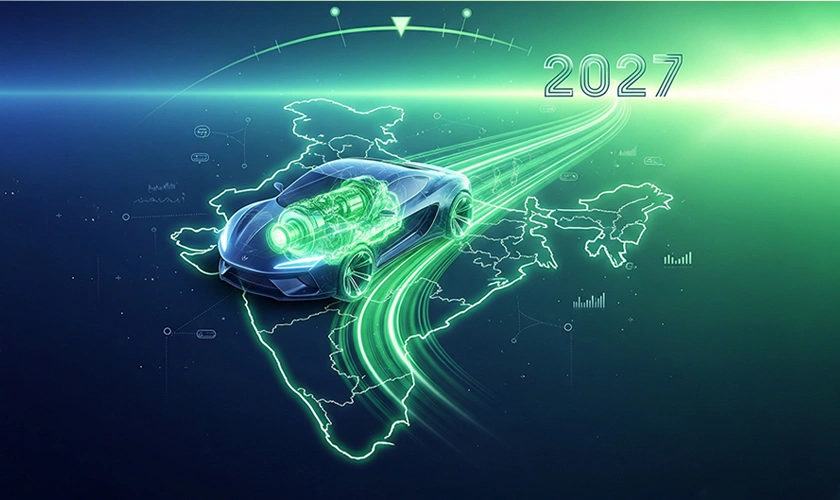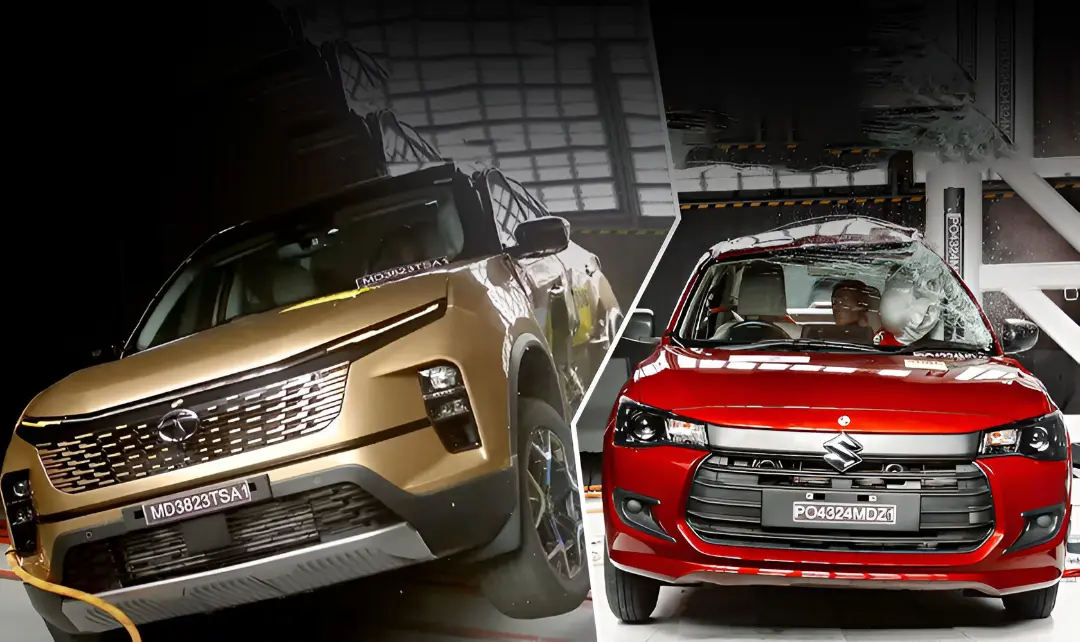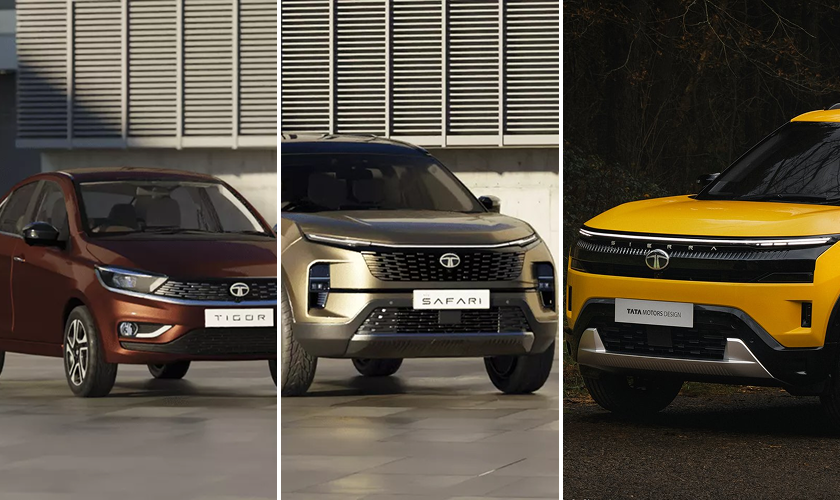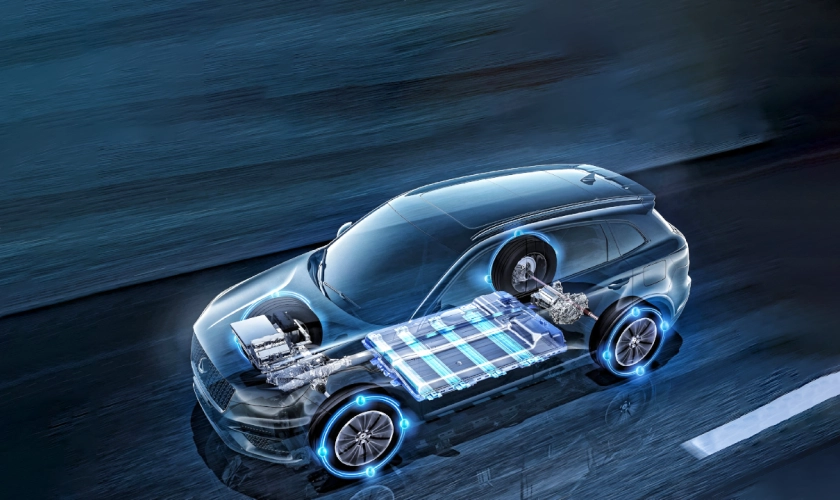Blog Chapters
Toggle08 Jul 2025, 06:04 PM
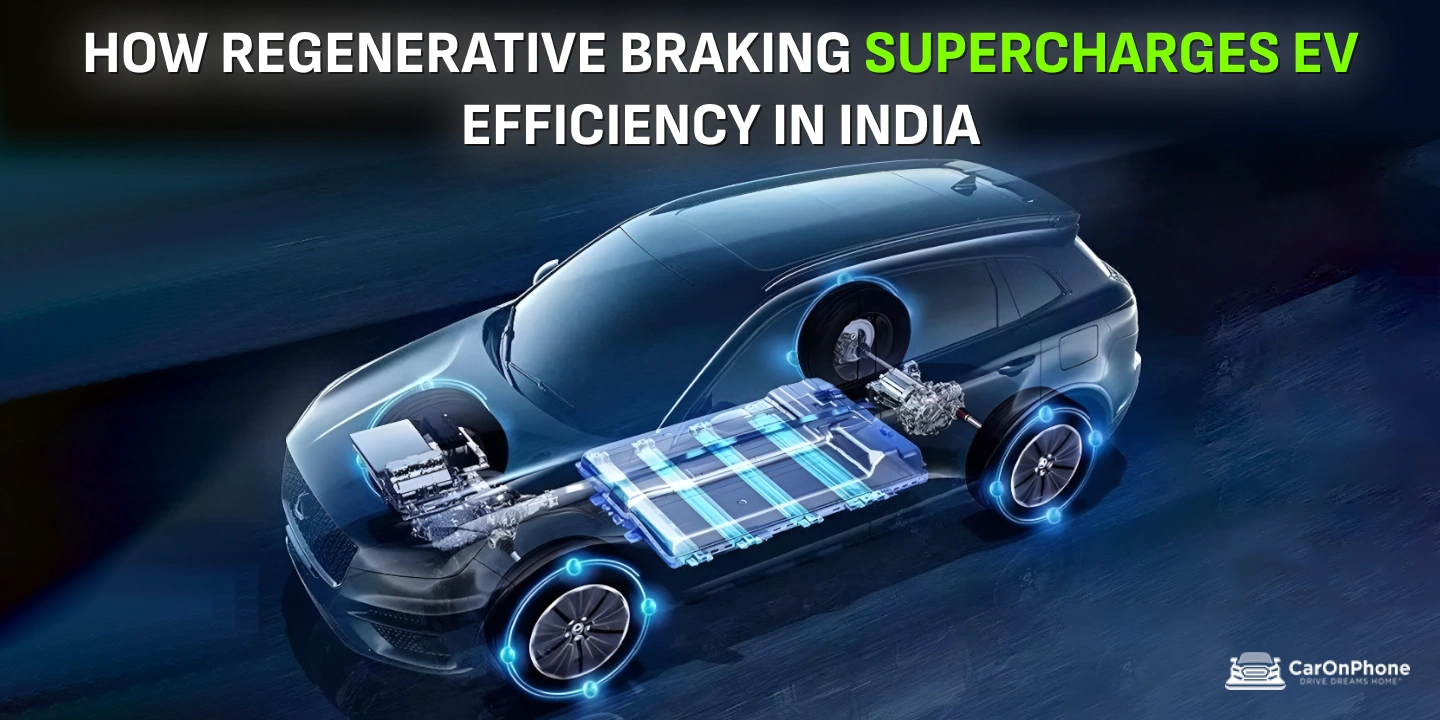
When you ease off the throttle in your electric car, regenerative braking recaptures wasted motion and sends it back to the battery, boosting EV efficiency and extending your electric vehicle range.
Many modern Indian electric cars now harvest up to 70% of braking energy, turning stop-and-go traffic into extra miles on each charge.
This energy recovery process relies on a smart control unit that decides how much braking force comes from the motor versus the pads.
By leveraging battery regeneration, you reduce heat losses and cut down on maintenance costs over time.
Each regen event contributes to a more sustainable driving cycle. Understanding how this system fits into your driving habits can help you fine-tune your commute.
Later in this article, we’ll dive into technical specs, real-world performance, and pro tips for maximizing energy recuperation.
Blog Chapters
ToggleRegenerative braking forms the backbone of modern EV drivetrain design. It bridges the gap between stopping power and energy conservation.
Manufacturers fine-tune regen profiles to match vehicle weight and motor specs. Drivers often select between multiple regen modes based on traffic conditions. Strong regen can even simulate engine braking on hilly routes.
Ultimately, this system balances drivability with sustainable energy use.
Beyond the core steps listed below, the control unit constantly monitors vehicle speed and battery temperature.
It dynamically shifts the torque split to maintain smooth braking feel. Regenerative thresholds adjust automatically in heavy traffic to optimize energy capture.
Advanced systems use GPS data to predict braking zones and pre-charge regen circuits. Every component—motor, inverter, battery—communicates over a high-speed CAN bus.
This networked approach delivers seamless transitions between regen and friction braking.
The inverter’s switching frequency directly impacts regen efficiency. High-speed semiconductors cut conversion losses during energy recuperation. Brake control software often integrates ABS and stability control with regen logic.
Thermal management keeps the battery in its ideal charging window. Sensor fusion from wheel and pedal inputs ensures precise braking force. These parts work in unison to maximize every joule of recovered energy.
You’ll spend less time and money on brake service intervals. Stop-start city traffic becomes an opportunity to recharge your battery.
The cabin feels more responsive with instant regen torque. Energy recovery smooths out surges in power demand during stop-and-go.
Over months, cumulative regen can add hundreds of extra kilometers. That translates into fewer charging stops and a lower total cost of ownership.
Most cars offer multiple regen levels—low, medium, high—that change how aggressively energy is recaptured. In high-regen or “one-pedal” mode, lifting off the throttle can bring you almost to a halt, letting you drive with minimal pedal swaps.
One-pedal driving reduces driver fatigue in urban commutes. It also boosts average regen efficiency by keeping the motor in generator mode longer. Some EVs even let you map regen settings to paddle shifters for on-the-fly control.
Touring and sport drive modes may dial regen down for a more conventional feel. Learning to feather the accelerator pedal maximizes smooth energy recovery. Experimenting with regen levels helps you match your driving style.
Here’s a rundown of current models and their key specs. Each of these vehicles integrates regen braking into its standard powertrain. You’ll find variations in regen levels and user controls across brands.
These four cars represent the best balance of performance, range, and price today. All figures are ARAI-certified for fair comparison. Keep an eye on upcoming software updates that can tweak regen behavior.
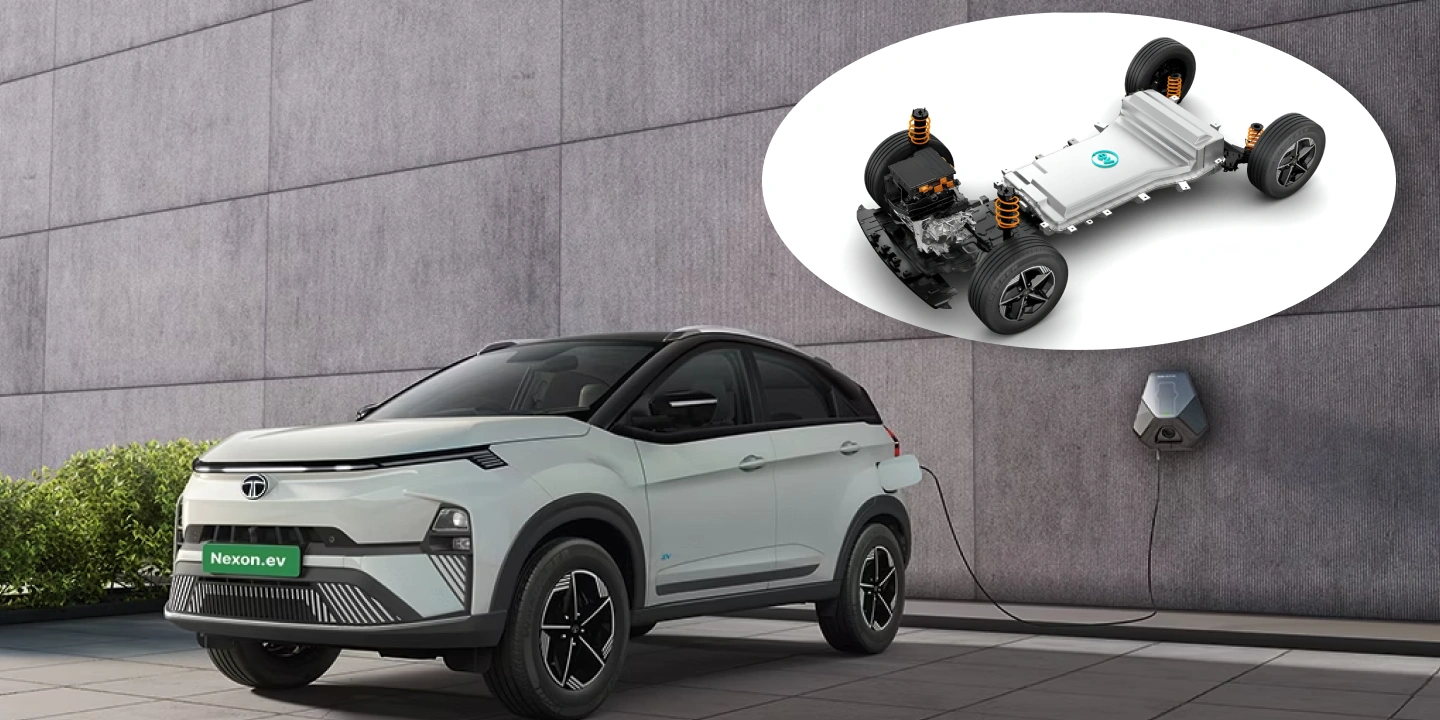
| Spec | Details |
|---|---|
| Battery | 30.2 kWh |
| Range (ARAI) | 312 km |
| Power | 96 kW |
| Regen Levels | 3 |
| Price | ₹12.49–17.19 Lakh |
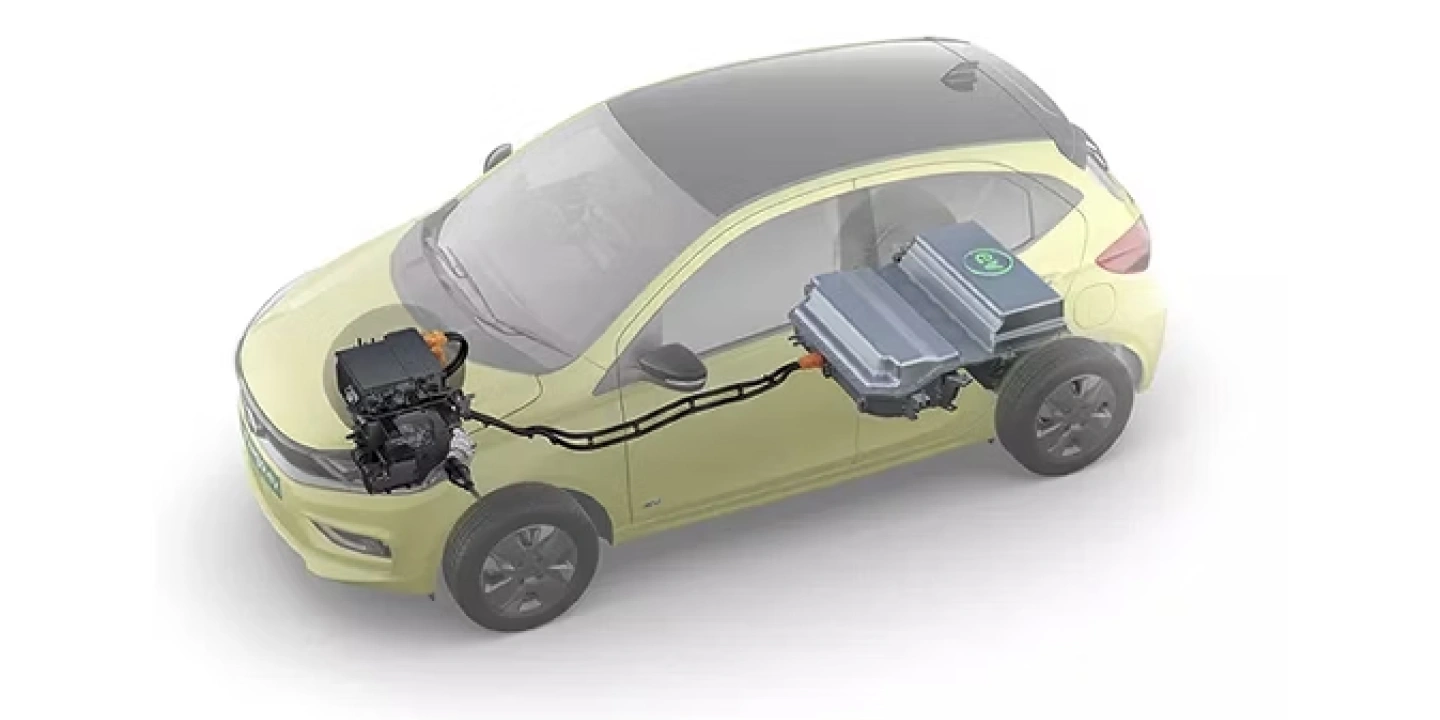
| Spec | Details |
|---|---|
| Battery | 24 kWh |
| Range (ARAI) | 306 km |
| Power | 60 kW |
| Regen Levels | 3 |
| Price | ₹7.99–11.14 Lakh |
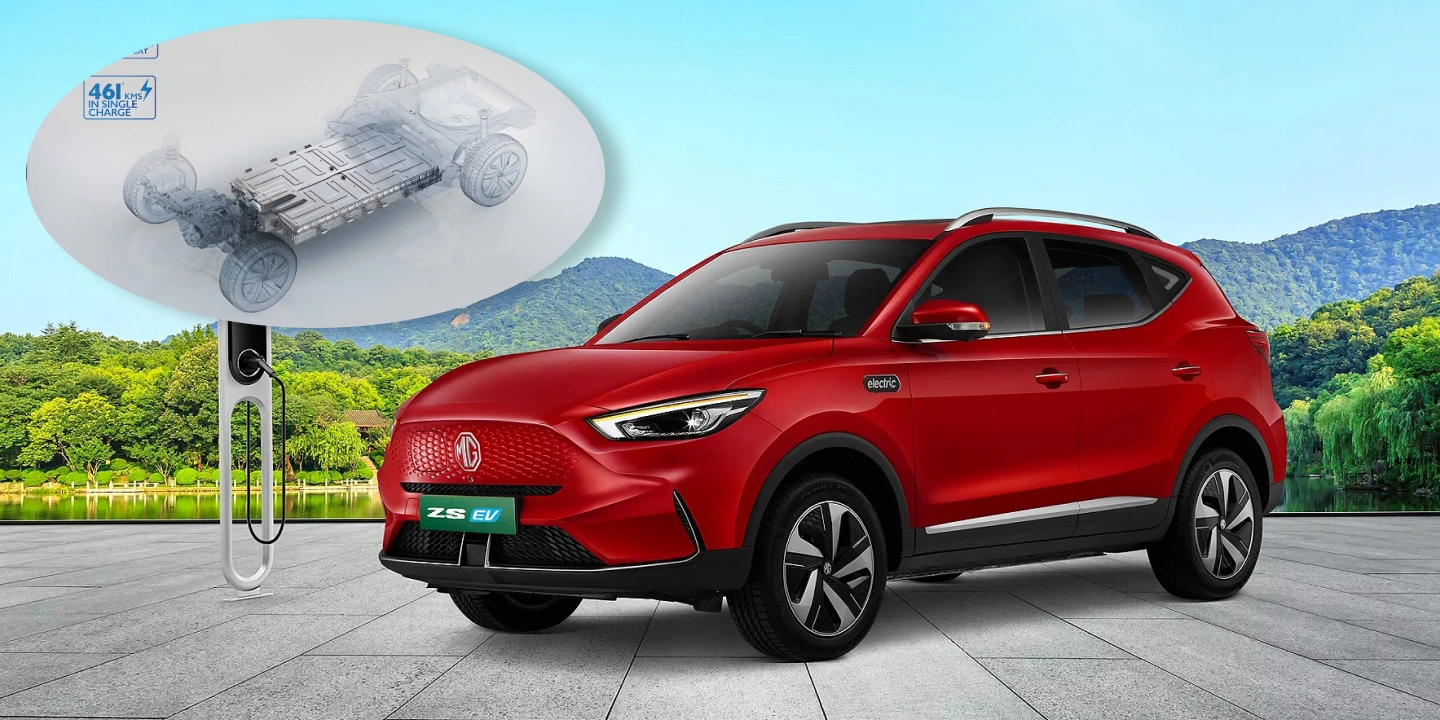
| Spec | Details |
|---|---|
| Battery | 50.3 kWh |
| Range (ARAI) | 461 km |
| Power | 110 kW |
| Regen Levels | 4 |
| Price | ₹15.49–19.48 Lakh |
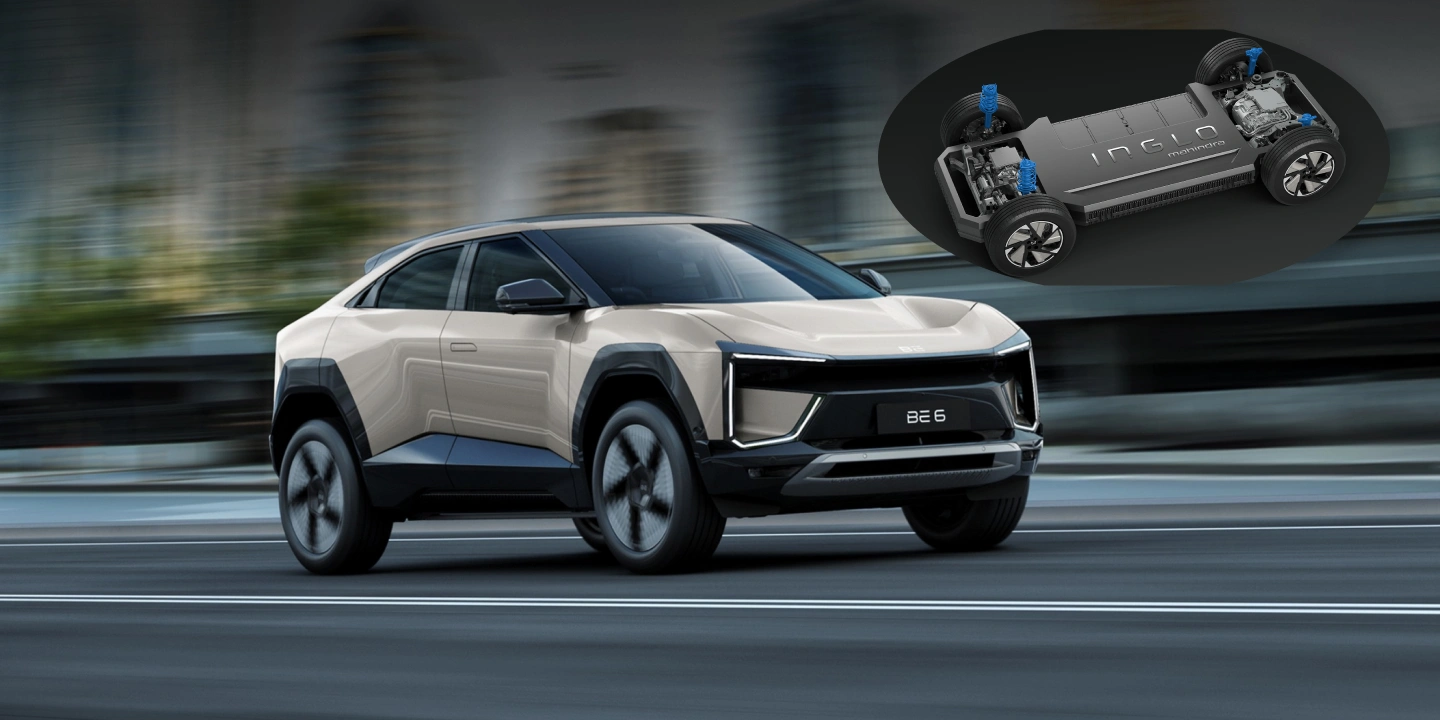
| Spec | Details |
|---|---|
| Battery | 70 kWh |
| Range (ARAI) | 550 km |
| Power | 200 kW |
| Regen Levels | 3 |
| Price | ₹18.90–26.90 Lakh |
Adopt a gentle throttle-lift technique to lengthen regen events. Use GPS-based cruise control to pre-emptively slow down for bends. Practice hill-down mode on inclines to harvest extra energy.
Avoid sudden braking unless safety requires; regen is gentler on components. Regularly check tire pressure for consistent rolling resistance. A well-planned route with fewer stops unlocks maximum regen potential.
Some drivers feel weaker braking under regen, but modern software blends friction and electric braking seamlessly.
As regen tech improves, stopping distances and pedal feel match or exceed conventional systems. Proper maintenance and quality brake pads still play a role in overall safety.
In many EVs, regen torque can be adjusted to mimic hydraulic brake response. Failure of regen systems triggers a fallback to full friction braking instantly.
Manufacturers test stopping performance extensively under regulated standards. ABS, EBD, and regen systems share data to ensure stable deceleration. On wet roads, regen is automatically reduced to prevent wheel slip.
Always consult your vehicle’s service manual for recommended brake pad types.
The next wave will bring predictive regen, where GPS and traffic-data help your car harvest energy before you brake. More advanced semiconductors will raise inverter efficiency, and bi-directional chargers could return energy from your car to grid or home. Regenerative braking remains central to the push for greener, smarter mobility in India.
Soon, AI-driven regen maps may learn your driving style and adapt in real time. Wireless brake control units could simplify module upgrades down the line. Solid-state batteries promise faster regen acceptance rates at higher charge levels.
Integration with V2X standards will turn every vehicle into a mobile energy asset. Urban fleets may use shared regen data to optimize city-wide energy flows. This technology stands to make EVs even more appealing for daily use.
Regenerative braking is a game-changer for electric vehicle range and energy efficiency. By understanding its mechanics—motor reversal, battery regeneration, power-electronics control—you’ll drive smarter, save on maintenance, and make every stop count as a chance to recover power.
Embracing regen driving transforms your daily commute into an energy-efficient routine. Stay updated on firmware patches that can enhance your regen profile over time. Monitor your energy usage dashboard to see real-world benefits instantly.
As EV technology evolves, regen braking will only get smoother and more powerful. That means fewer charging stops, lower running costs, and a greener footprint.
CarOnPhone is your one-stop destination to see all upcoming cars, latest cars, released cars, and EV Cars, and compare Cars in all Car Brands. Stay tuned and follow us to update yourself on the automotive world.

Ex-showroom price


40.5

Automatic

142.68
Ex-showroom price


19.2

Automatic

60.34
Ex-showroom price


50.3

Automatic

176.75
Ex-showroom price
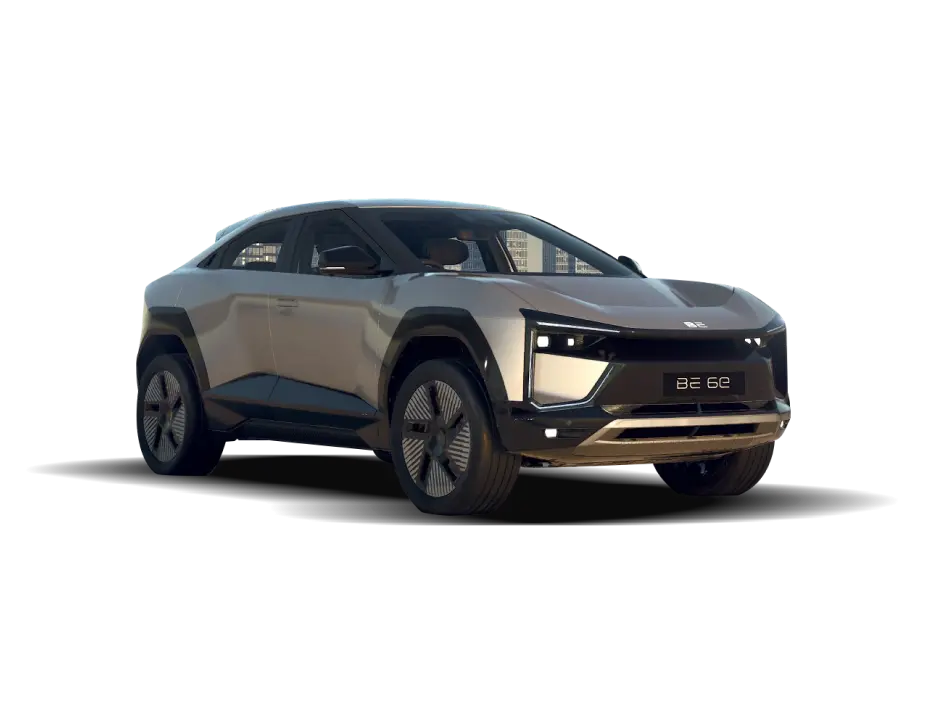

59

Automatic

228

